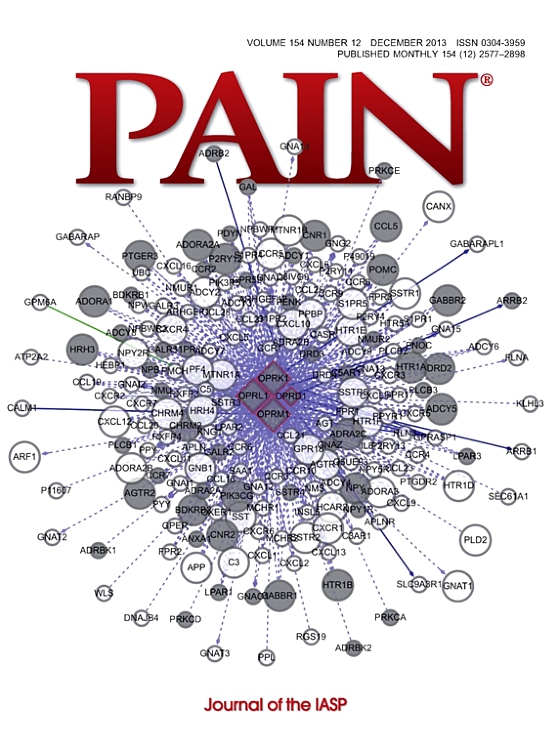Upregulated natriuretic peptide B expression as a hallmark of chronic itch.
IF 5.5
1区 医学
Q1 ANESTHESIOLOGY
引用次数: 0
Abstract
Chronic itch can arise from a variety of etiologies, ranging from dermatological conditions like eczema and psoriasis to systemic diseases such as liver disease and kidney failure. However, it remains unclear whether there are common molecular features associated with chronic itch, and whether these features are selective for chronic itch compared to chronic pain. To identify potential genes or molecular characteristics that are specifically associated with chronic itch, we examined transcriptomic data from sensory neurons collected from 3 mouse models of chronic itch and a monkey model of contact dermatitis. We compared these data to transcriptomic data from 3 mouse models of pain and clinical data from patients with neuropathic pain. Our analyses revealed that the upregulation of Nppb expression in sensory neurons is consistently associated with models of itch, but not with models of pain. Further, our cellular characterization showed that the increased expression of Nppb arises from increased cell-autonomous expression rather than the recruitment of Nppb expression in other classes of sensory neurons. Given that Nppb is a well-established itch neurotransmitter, our findings suggest that the increased expression of Nppb in sensory neurons may contribute to chronic itch. In addition, based on our results, we propose that Nppb could serve as a conserved biomarker for chronic itch.利钠肽B表达上调是慢性瘙痒的标志。
慢性瘙痒可以由多种病因引起,从湿疹和牛皮癣等皮肤病到肝脏疾病和肾衰竭等全身性疾病。然而,目前尚不清楚是否存在与慢性瘙痒相关的共同分子特征,以及与慢性疼痛相比,这些特征对慢性瘙痒是否具有选择性。为了确定与慢性瘙痒特异性相关的潜在基因或分子特征,我们检查了从3只慢性瘙痒小鼠模型和一只接触性皮炎猴子模型中收集的感觉神经元的转录组数据。我们将这些数据与3种小鼠疼痛模型的转录组学数据和神经性疼痛患者的临床数据进行了比较。我们的分析显示,感觉神经元中Nppb表达的上调与瘙痒模型一致,而与疼痛模型无关。此外,我们的细胞表征表明,Nppb表达的增加是由于细胞自主表达的增加,而不是其他类型的感觉神经元中Nppb表达的增加。鉴于Nppb是一种公认的瘙痒神经递质,我们的研究结果表明,Nppb在感觉神经元中的表达增加可能有助于慢性瘙痒。此外,基于我们的研究结果,我们提出Nppb可以作为慢性瘙痒的保守生物标志物。
本文章由计算机程序翻译,如有差异,请以英文原文为准。
求助全文
约1分钟内获得全文
求助全文
来源期刊

PAIN®
医学-临床神经学
CiteScore
12.50
自引率
8.10%
发文量
242
审稿时长
9 months
期刊介绍:
PAIN® is the official publication of the International Association for the Study of Pain and publishes original research on the nature,mechanisms and treatment of pain.PAIN® provides a forum for the dissemination of research in the basic and clinical sciences of multidisciplinary interest.
 求助内容:
求助内容: 应助结果提醒方式:
应助结果提醒方式:


